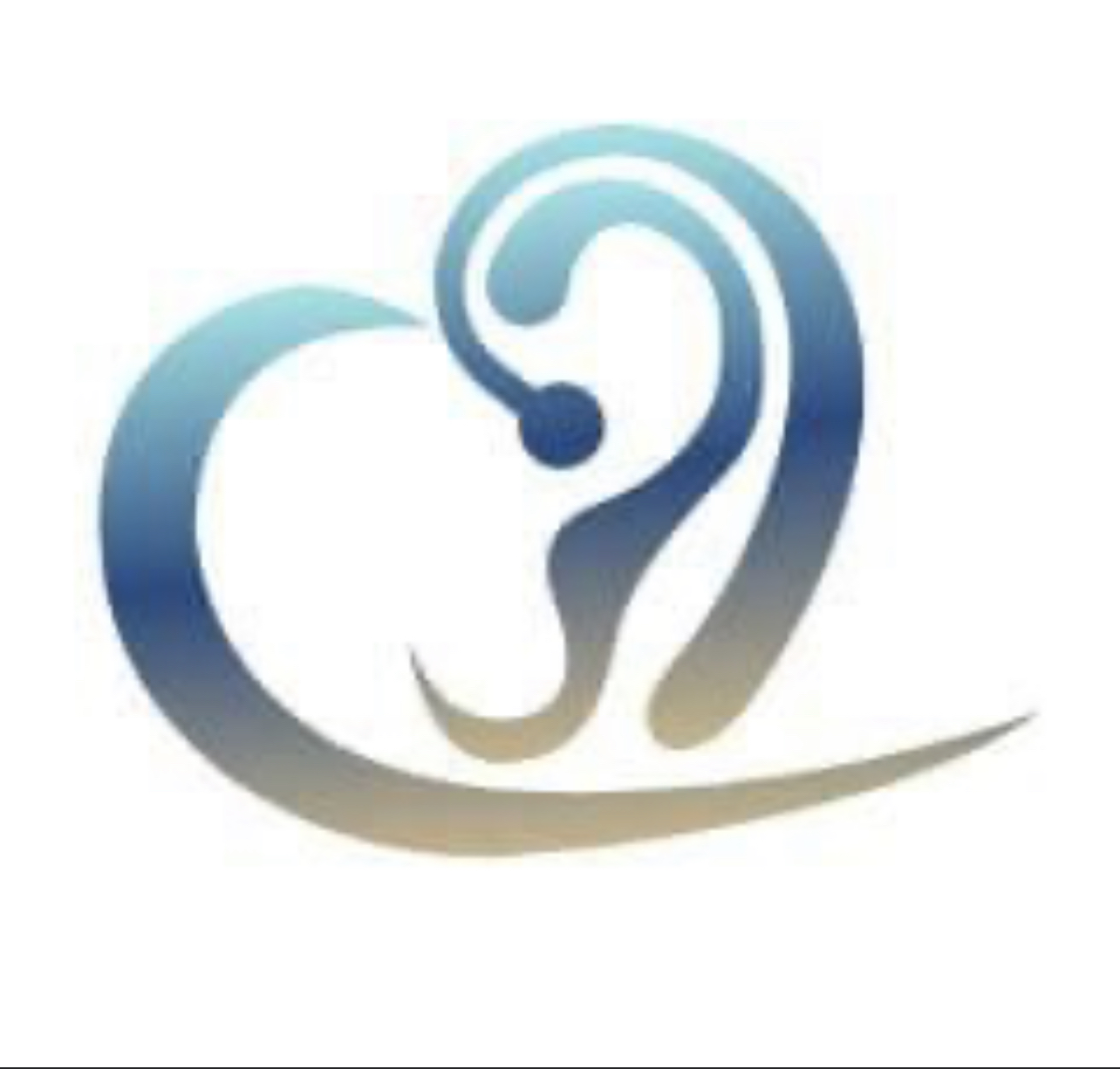What to Expect During an Audiometric Test
- OPTIMUM HEARING CARE

- Jun 9
- 4 min read
If you are experiencing hearing difficulties or simply want to ensure your hearing is in good health, you may be referred to an audiologist for an audiometric test. This essential examination assesses how well you can hear sounds at varying frequencies and volumes. But what exactly happens during this evaluation? Here’s everything you need to know.
Understanding Audiometric Testing
Audiometric testing is a thorough evaluation of your hearing. It often involves a series of tests designed to measure your ability to detect sounds and understand speech. The process is typically straightforward and can be completed in less than an hour. The audiologist will guide you through various tests, using specialized equipment and controls to assess your hearing capabilities.

During the test, you'll be placed in a soundproof room, which is crucial for eliminating background noise. You will wear headphones that deliver sounds at different pitches and volumes directly into your ears. The audiologist will ask you to indicate when you hear a sound, which helps determine your hearing threshold.
What Happens Before the Test?
Before your audiometric testing begins, your audiologist will conduct a thorough review of your medical history. They may ask questions about:
Your current hearing issues
Any pain or discomfort in your ears
Exposure to loud noises
Family history of hearing loss
This background information is essential, as it helps the audiologist tailor the tests to your specific needs.

Additionally, they may conduct a physical examination of your ears using an otoscope. This device allows the audiologist to inspect your ear canal and eardrum for any obstructions or abnormalities. If issues are detected, you may undergo further testing before the audiometric evaluation.
The Audiometric Testing Process
Once the initial consultation and examination are complete, you'll enter the soundproof room for the actual testing. There are two main types of audiometric tests you will likely encounter: pure-tone audiometry and speech audiometry.
Pure-Tone Audiometry
Pure-tone audiometry is the most common type of audiometric testing. In this test, you'll listen to a series of beeps at various frequencies, typically ranging from low to high pitches. The sounds will be presented at different volumes.
Your job during this test is simple:
Respond whenever you hear a sound by raising your hand or pressing a button.
The audiologist will record the faintest sounds you can hear at each frequency, creating an audiogram that charts your hearing ability.
This test provides valuable information about the nature and extent of your hearing loss, helping to develop a treatment plan if necessary.
Speech Audiometry
In addition to the pure-tone tests, your audiologist may perform speech audiometry. This test evaluates your ability to recognize spoken words.
You will listen to a series of words or sentences at various volumes.
You will be asked to repeat what you hear.
This test helps determine how well you can understand speech in quiet environments, as well as in noisy settings.

Understanding Your Results
After all the tests are completed, the audiologist will review your results and explain what they mean. They will provide you with an audiogram that illustrates your hearing ability across different frequencies.
Here’s what to look for in your results:
Normal Hearing: Hearing thresholds between -10 dB to 25 dB indicate normal hearing.
Mild Hearing Loss: A threshold between 26 dB to 40 dB may signify mild hearing loss, where some sounds may be difficult to hear.
Moderate Hearing Loss: Thresholds from 41 dB to 55 dB indicate moderate hearing loss. You may have difficulty following conversations in noisy environments.
Severe Hearing Loss: Thresholds between 56 dB and 70 dB indicate severe hearing loss, where you may only hear loud sounds.
Profound Hearing Loss: Thresholds above 71 dB suggest profound hearing loss, meaning only very loud sounds are audible.
Understanding these values will help you make informed decisions about your hearing health.
Next Steps After the Audiometric Testing
Depending on your results, there are several possible next steps. If your hearing is within normal limits, you might not require any further action. However, if you experience hearing loss, your audiologist may recommend:
Hearing aids: These devices amplify sounds and can improve your hearing ability.
Cochlear implants: For severe cases, these surgically implanted devices can help bypass damaged portions of the ear.
Additional testing: Depending on your situation, your audiologist may suggest further assessments to identify underlying causes of your hearing loss.
It's essential to have open communication with your audiologist. They can provide you with recommendations tailored to your specific needs and preferences.
Maintaining Healthy Hearing
Once you've completed your audiometric testing and received your results, the next focus should be on maintaining your hearing health. Here are some actionable recommendations:
Regular Check-ups: Schedule regular audiometric evaluations, especially if you're at higher risk for hearing loss.
Protect Your Ears: Use earplugs or earmuffs in noisy environments to protect your hearing.
Limit Loud Noises: Try to avoid prolonged exposure to loud sounds, such as music played at high volumes.
Practice Good Ear Hygiene: Keep your ears clean and dry to prevent infections leading to hearing issues.
By taking these proactive steps, you can help preserve your hearing health and address any concerns expeditiously.
Final Thoughts
Audiometric testing is an essential process for evaluating your hearing health. By understanding what to expect during this examination, you can feel more prepared and less anxious about the experience. Remember, hearing tests are not just for individuals who believe they have hearing issues; they are also vital for maintaining overall auditory health.
For more information, consider discussing your concerns with a qualified audiologist, and make sure to prioritize your hearing health by scheduling your audiometric testing today. You can find more about the evaluation process here.








Comments